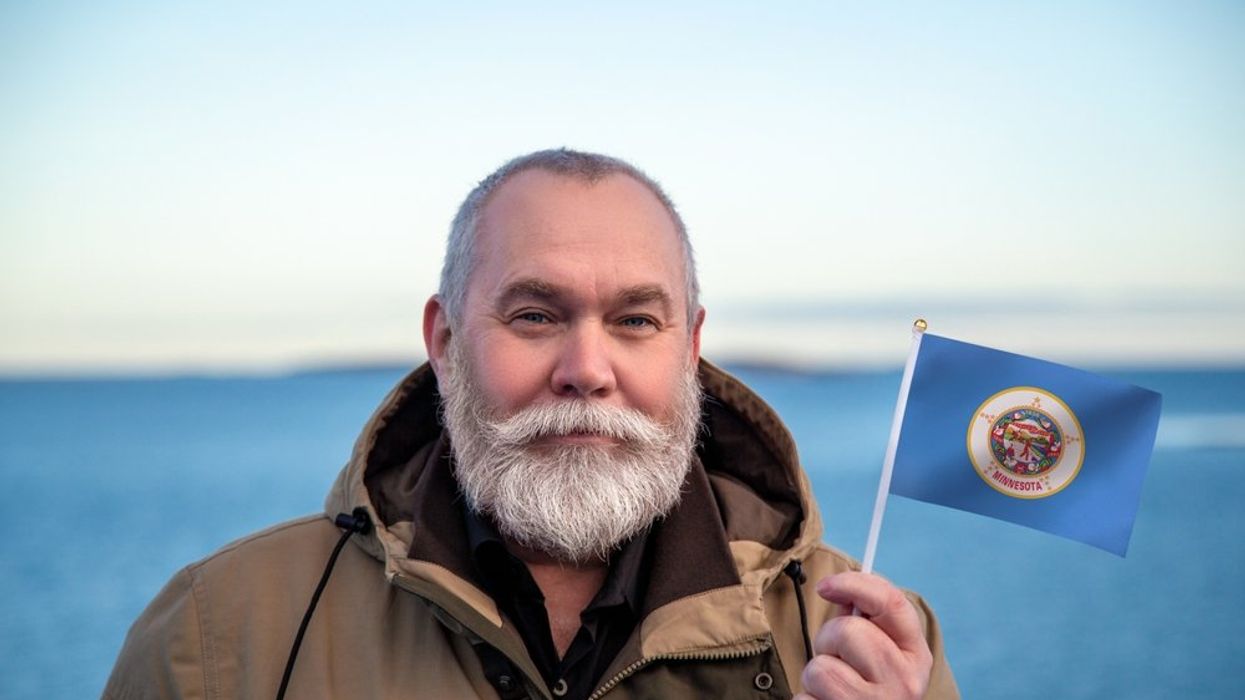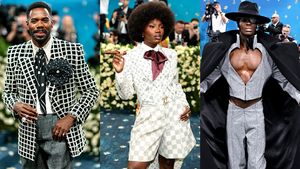Every election, a lonely blue patch in the Midwest emerges from an otherwise red sea. Though Minnesota is surrounded by conservative states, it has proven itself to be one of the most progressive areas in the country — and it's pretty much always been this way.
Since 1932, Minnesota has only elected three Republican presidential candidates. Since 1976, they've elected solely Democrats. But even between its first presidential election in 1860 and the last before their switch 1928, the state only voted for Republican and Progressive candidates. As the Republican and Democratic parties began to shift platforms exiting the Great Depression of the 1930s and entering wartime in the 1940s, by modern standards, Minnesota has always chosen a left-leaning candidate.
But why did Minnesota become so progressive, and why does it stay that way? The answer lies in an industry in the state almost as prevalent as the government itself: the mining industry. Particularly, its labor unions.
Minnesota is home to a large strip of land known as the Iron Range. Deposits of the mineral — as well as deposits of precious gems, such as amethyst and forms of quartz — span across the northern areas of the state near the Canadian border and Duluth, the largest city in the northern half of the state. While it was first utilized and mined by Native American tribes, settlers in the mid-1800s began to develop settlements and mines in the area.
By the early 1900s, Minnesota had attracted communities of immigrants from over 30 countries, making it the most ethnically diverse area in the state. Settlers came from Finland, Austria-Hungary, Italy, Sweden, Norway, Canada, England, Poland, Greece, China, and Yugoslavia, among others. There was also a large Jewish population.
While it was a diverse community, immigrants were still looked down upon, with "Native-born" Americans receiving the best paying positions at mines. Local chapters of the Ku Klux Klan developed in opposition to Catholic and Jewish immigrants. This drove communities to band together, creating fraternal societies, building places of worship, developing boarding housing, and establishing local businesses.
They also began establishing labor unions. Workers at the mines were often underpaid, facing dangerous conditions that led to hundreds of deaths each year. The workers, in turn, went on strike once in 1907 and again in 1916. While their efforts were not always successful, they broke down some racial and ethnic barriers between communities, and pushed management to avoid future unrest.
Mine owners then implemented employee welfare programs, and even invested in local communities, constructing public schools and parks. A public high school built in Hibbing in 1923 was lauded as one of the best in the nation at its time, and these economic priorities — as well as labor practices — spread to communities across the state.
While unionization unfortunately plays a much smaller role in U.S. communities today, Minnesota still has the fifth-highest amount of unionized workers in the country. In the state, 16 percent of workers belong to unions, as opposed to 10 percent nationally. 1,284 labor unions employ an estimated 6,904 people, earning more than $423 million in revenue each year. Many families in Minnesota are descended from or are connected to the Iron Range.
And as Democrats largely tend to favor protections for workers, raising the minimum wage, and expanding employee benefits, Minnesota tends to favor them.
- Does The NHL Support Transgender Athletes? Team Trans Weighs In ›
- NHL Pride Jerseys Abandoned by Teams After Conservative Pushback ›
- Minnesota Legalizes Recreational Marijuana | AdvocateChannel.com ›
- Ford Revolutionized 5-Day Work Weeks, Now They Won't Give 4-Day a Shot ›
- This City Just Elected an All-Woman City Council ›
- Minnesota Unveils New State Flag After Complaints of Racism From Native Americans ›



















































